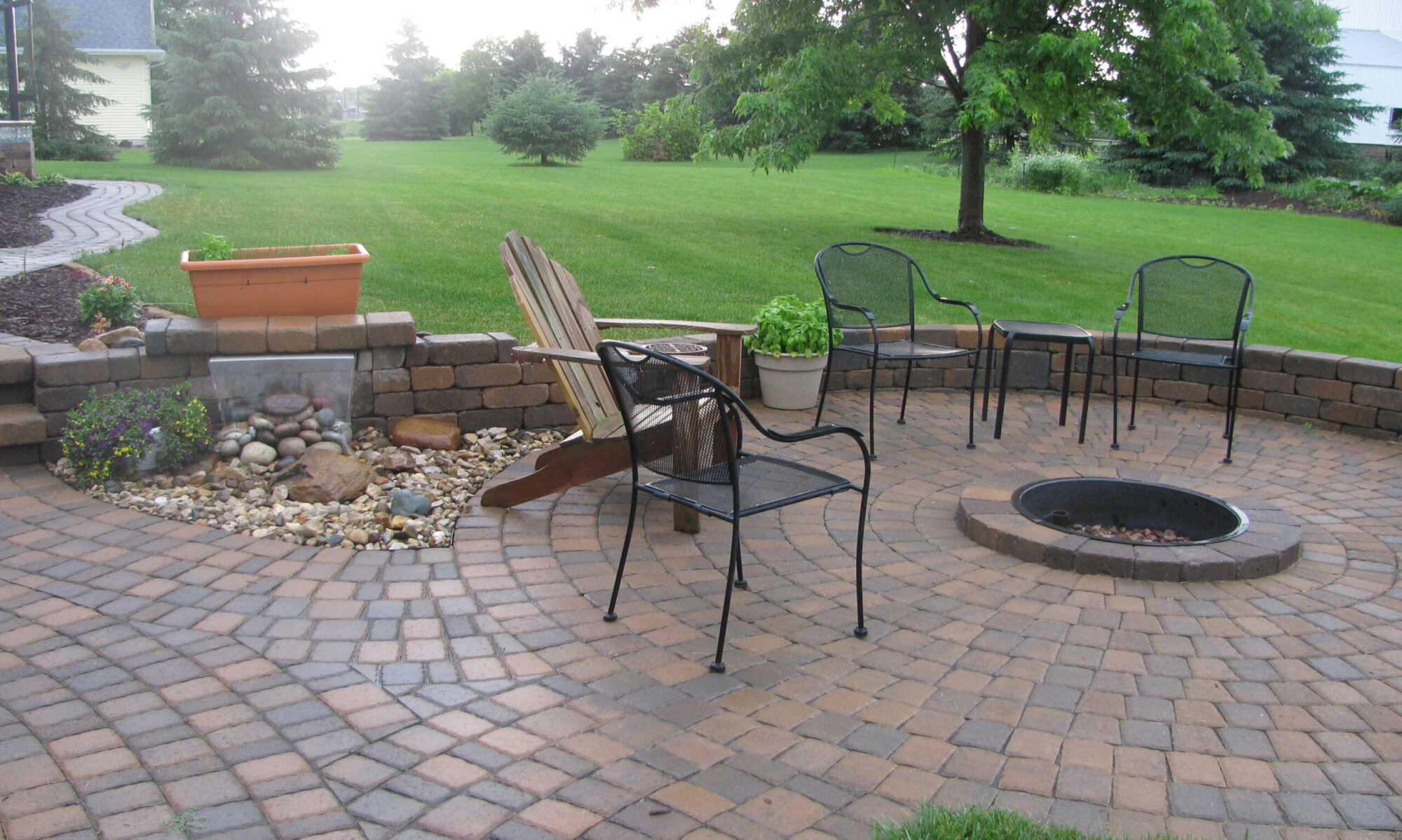SHRUBS AND PERENNIALS
Watering
Shrubs and perennials should be watered twice weekly during hot, dry, windy weather. In some cases watering should be done daily. This applies to new plantings. Established plantings may only need watering during dry or stressful weather.
Watering needs to be done slowly and deeply to soak into the soil. This may be done by laying a hose by the base of each plant with a small stream the diameter of a pencil for 10 to 20 minutes (approx. 5 gallons). If this is not practical than a soaker hose or an overhead sprinkler left on long enough to apply 1 inch of water is adequate. You can determine this by setting a container in the area to measure how much water you’ve applied.
Watering should continue in the fall until freeze up, usually late November, keeping in mind that with lower soil temperatures, plants will not dry out as quickly.
Trimming and Maintenance
Trimming should be done at least annually. Although any time of year will work, ideally spring blooming shrubs should be trimmed immediately after blooming, usually early June. All other shrubs should be trimmed as needed.
Perennials should have the dead growth removed in fall or early Spring before new growth appears. Deadheading or removal of spent flower stalks on perennials can be rewarded by increased numbers of blossoms as the season progresses. Division and transplanting of perennials should be done in March/April or August/September, usually opposite the bloom time.
TREES
Watering
The most important requirement for newly planted trees is an adequate supply of moisture. During dry weather, trees need to be watered about every 4 to 7 days. (Soil type and weather conditions determine the actual watering frequency.) Water trees slowly, but deeply (approx 10 gallons). Continue to water until the ground freezes in winter.
To help conserve moisture, place 2 to 4 inches of mulch around trees. Mulches also help control weeds, moderate soil temperatures, and reduce the risk of mechanical injury to tree trunks from errant lawn mowers and string-trimmers.
Fertilization and Pruning
It is generally not necessary to fertilize newly planted trees. Most Iowa soils can supply sufficient amounts of nutrients during establishment. Fertilize trees 2 to 3 years after planting if they are growing poorly or possess light green foliage.
Trees utilize sugars and other carbohydrates manufactured by the foliage for plant growth. Therefore, avoid the temptation to severely prune trees to compensate for root loss during transplanting. Severe pruning of newly planted trees educes their ability to manufacture food and actually slows plant growth. Newly planted trees require only corrective pruning. Retain most of the lower branches. These lower branches help stabilize the tree and its foliage manufactures food for the growing tree. Gradually remove the lower limbs as the tree grows during the first 10 to 15 years.
Staking and Wrapping
Staking of most newly planted trees is unnecessary. However, top-heavy trees and those planted in windy, exposed areas may require staking. If staking is necessary, allow the trunk to move or sway for proper trunk and root development. Remove the stakes as soon as possible.
Young trees with tender bark (crabs, lilacs, willows) should be wrapped in winter to protect them from rabbit, mice, and deer damage. It should be placed around the tree in November and removed in April.
Autumn Blaze Maple and other faster growing trees should be wrapped during winter months until mature bark has developed. Sun scald occurs during the winter when daytime temperatures become hottest in the afternoon. The trunk of the tree becomes heated, causing the living tissue to become active.

